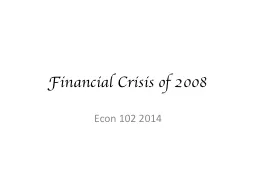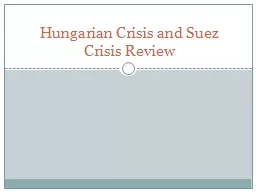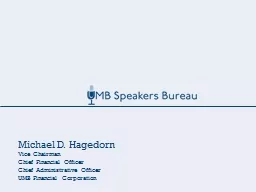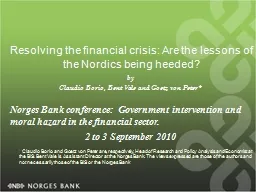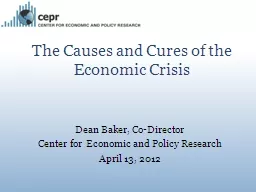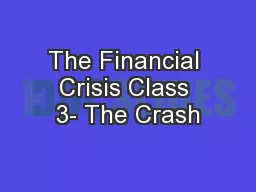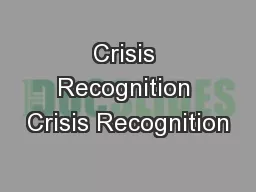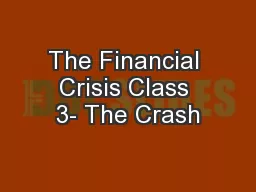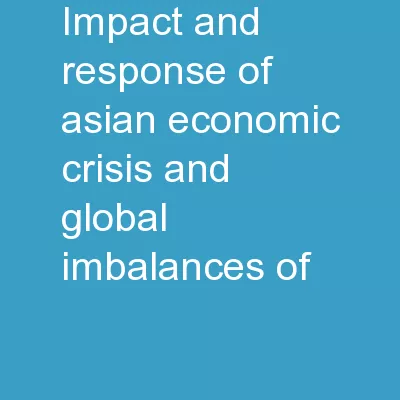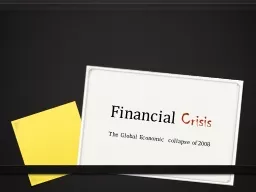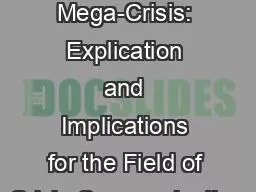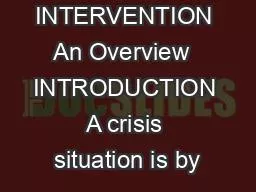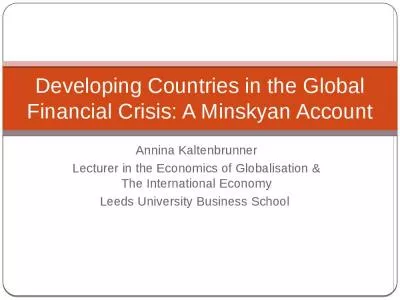PPT-Financial Crisis of 2008
Author : tatiana-dople | Published Date : 2016-07-02
Econ 102 2014 Worst recession in 80 years How did it happen How was the situation before the crisis Great Moderation Stable growth and low inflation Worst recession
Presentation Embed Code
Download Presentation
Download Presentation The PPT/PDF document "Financial Crisis of 2008" is the property of its rightful owner. Permission is granted to download and print the materials on this website for personal, non-commercial use only, and to display it on your personal computer provided you do not modify the materials and that you retain all copyright notices contained in the materials. By downloading content from our website, you accept the terms of this agreement.
Financial Crisis of 2008: Transcript
Download Rules Of Document
"Financial Crisis of 2008"The content belongs to its owner. You may download and print it for personal use, without modification, and keep all copyright notices. By downloading, you agree to these terms.
Related Documents

